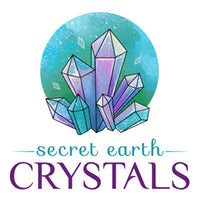GARNET
Specifications
Mineral Class: Silicate
Crystal System: Cubic
Hardness: 6 - 7.5
Luster: Vitreous to Resinous
Diaphaneity: Transparent to Translucent
Colors: Red, Orange, Yellow, Green, Blue, Purple, Pink, Brown, Black, Colorless
Birthstone: January
Symbolizes: Friendship
Source: Australia, Europe, South Africa, and USA


Garnets are a group of silicate minerals that have been used since the Bronze Age as gemstones and abrasives. All species of Garnets possess similar physical properties and crystal forms, but differ in chemical composition. The different species are pyrope, almandine, spessartine, grossular, uvarovite and andradite. The word Garnet comes from the 14th century Middle English word gernet, meaning 'dark red'. Garnets are found in many colors including red, orange, yellow, green, blue, purple, pink, brown, black and colorless. The reddish shades of Garnet are the most common, while the blues are the rarest and were first reported in the 1990s.
Garnets are generally thought of as gemstones, however most Garnets are used for industrial purposes. Not many Garnets are pure and high quality enough to be made into gemstones for jewelry and collector pieces. The most popular use of Garnet mining is to take large pieces and crush them into abrasives. Old Wives tales claim that receiving Garnets are good luck but to steal one invites bad luck. Garnet was traditionally used for engagement rings before diamonds became popular as it inspires love and devotion.

